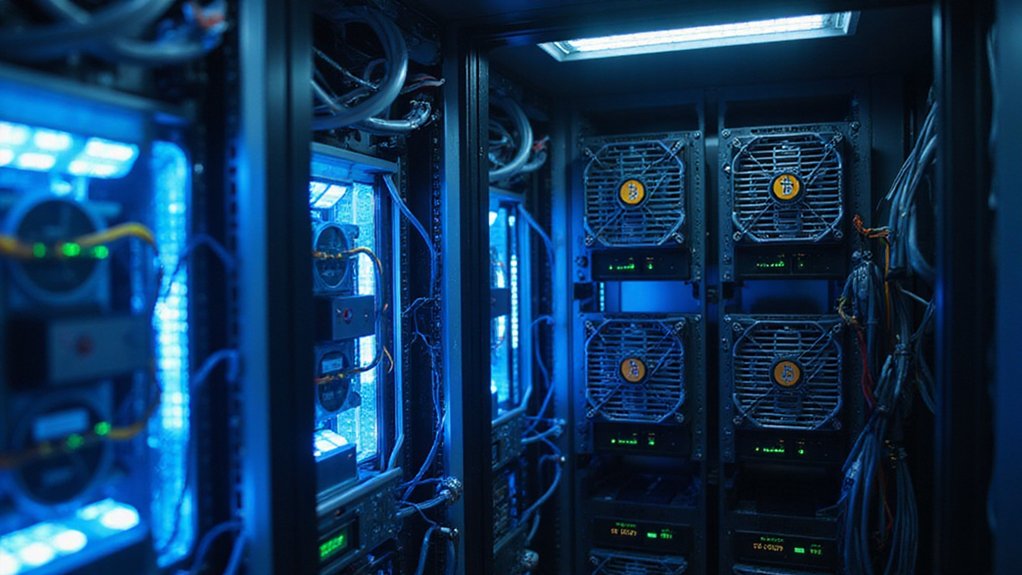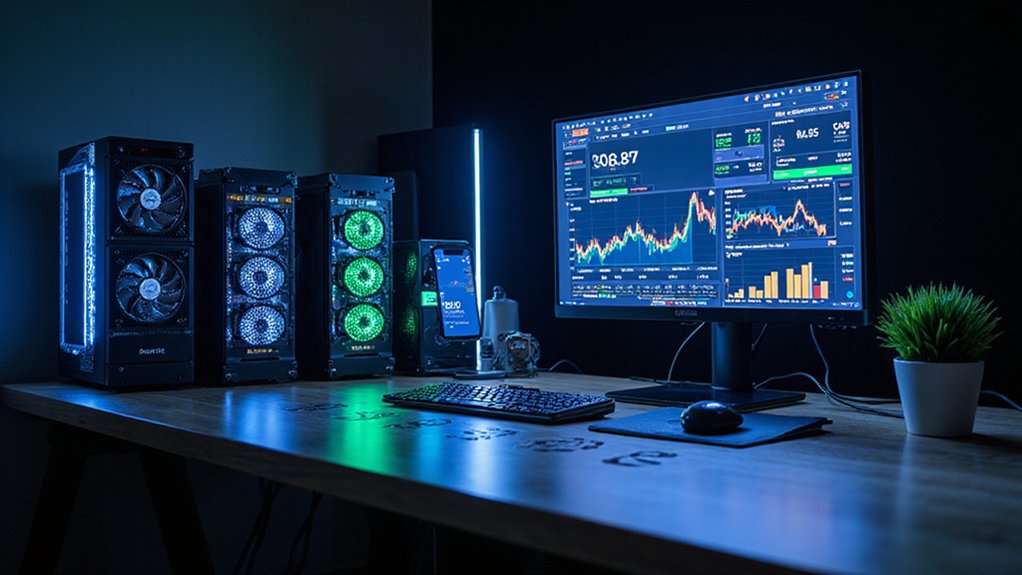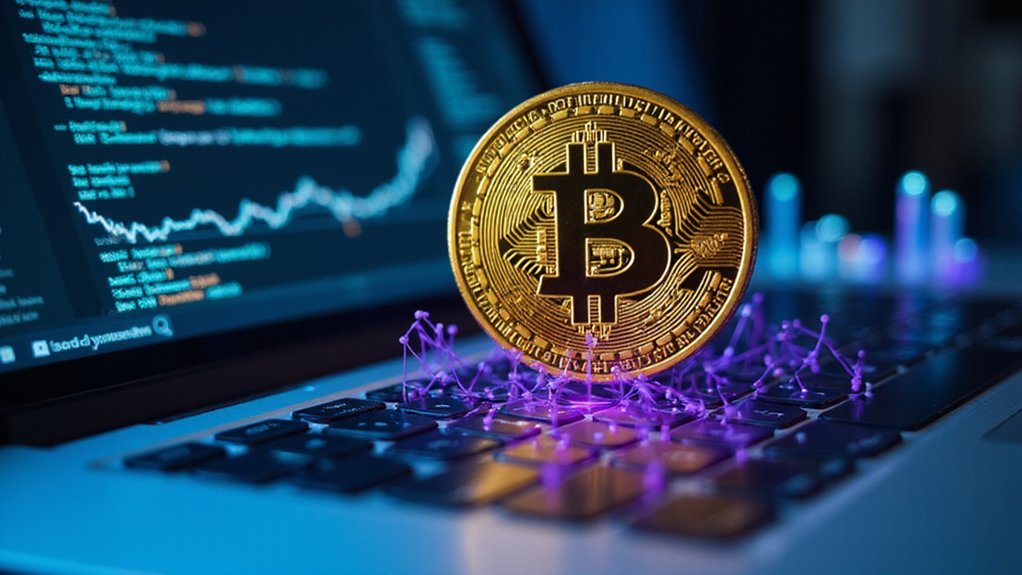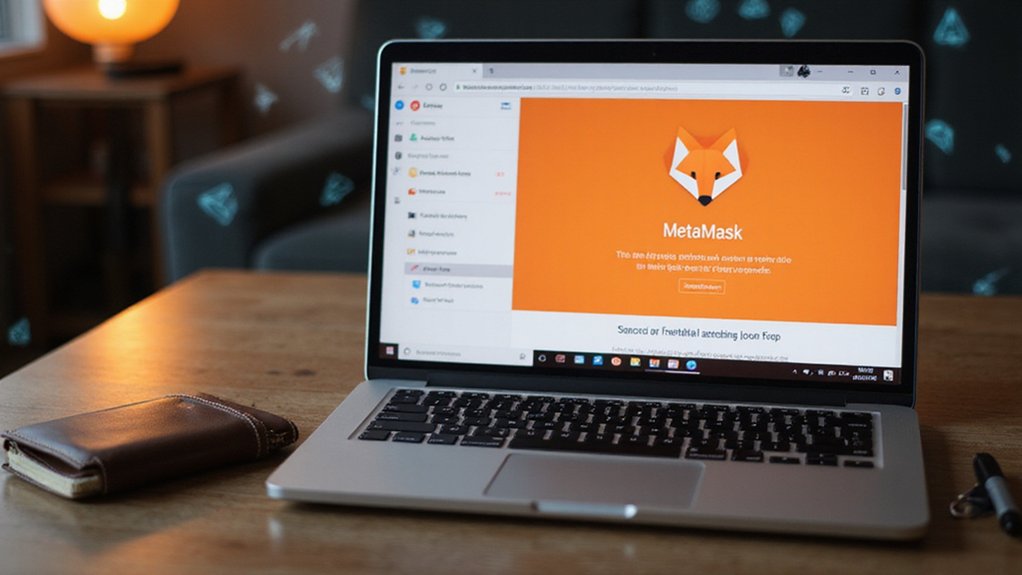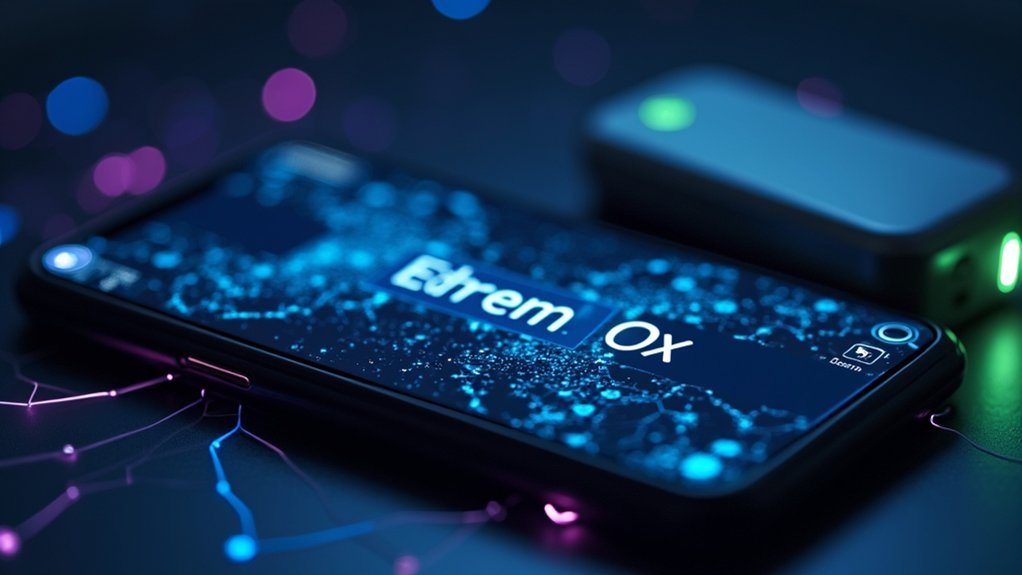The 2024 Bitcoin mining landscape features diverse software options tailored to various expertise levels. CGMiner offers unparalleled versatility across hardware types, while BFGMiner‘s modular design enables precise performance monitoring. Newcomers gravitate toward EasyMiner‘s intuitive GUI, while optimization-focused miners appreciate Kryptex’s automatic profitability switching. Cloud-based solutions like ECOS Miner eliminate hardware management entirely—an attractive proposition for those allergic to technical minutiae. The perfect mining setup awaits those willing to navigate this algorithmic ecosystem.
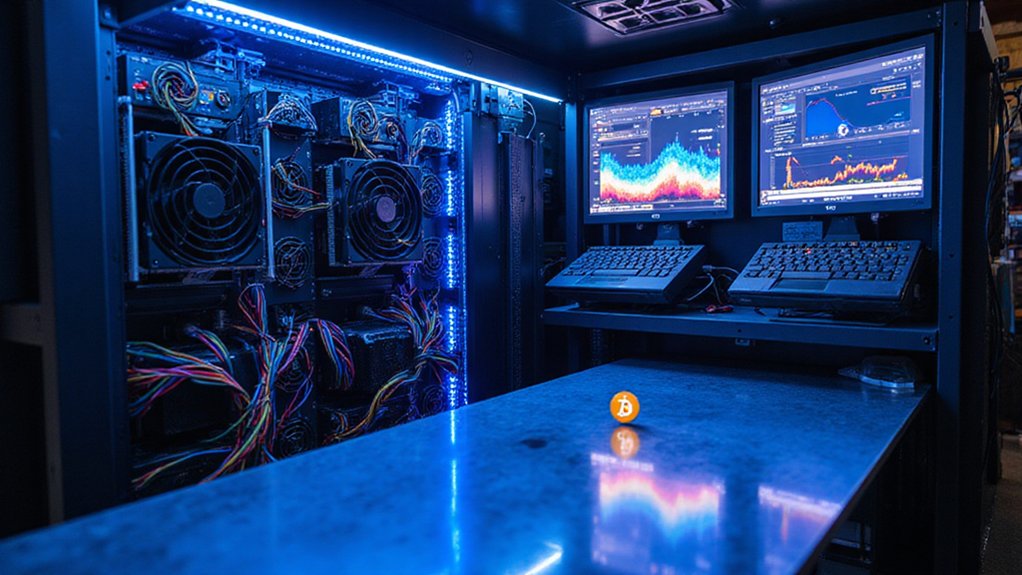
The landscape of Bitcoin mining software has evolved considerably since the cryptocurrency’s inception, with 2024 presenting miners with an array of sophisticated options that cater to both novices and veterans alike.
Among these, CGMiner continues to dominate the ecosystem with its unparalleled versatility—supporting ASIC, FPGA, and GPU hardware while maintaining compatibility across Windows, Linux, and macOS platforms (a trifecta rarely achieved in the notoriously fractious world of crypto infrastructure).
BFGMiner offers a compelling alternative for those with a penchant for granular control, featuring modular design principles that facilitate dynamic clocking and performance monitoring.
The software’s FPGA compatibility represents a niche yet consequential advantage for miners seeking specialized hardware arrangements.
Meanwhile, EasyMiner has carved out its territory by prioritizing accessibility over complexity, offering visual performance metrics and an intuitive GUI that demystifies the mining process for neophytes who might otherwise be intimidated by command-line interfaces.
For users prioritizing convenience without sacrificing efficacy, Kryptex Miner provides robust performance tracking alongside an approachable interface, while ECOS Miner has positioned itself as a thorough platform for those wishing to delegate hardware concerns entirely through cloud mining services.
This latter option, alongside competitors like Binance Cloud Mining, has gained traction among investors who recognize the value proposition inherent in outsourcing infrastructure management.[^1]
Performance monitoring capabilities have become increasingly sophisticated across the software spectrum, with real-time metrics allowing for prompt optimization and hardware protection.
Kryptex Miner stands out for its ability to automatically mine the most profitable cryptocurrency at any given time, eliminating the need for manual coin switching to maximize returns.
Most solutions now incorporate customizable alerts for environmental anomalies or efficiency degradation—features that can preserve costly equipment while maximizing returns.
The capacity for hardware optimization varies substantially between platforms, with more advanced options offering fine-grained control over voltage, temperature thresholds, and hash rate parameters.
When configuring mining software, users must input their mining pool details including the pool URL and worker ID to direct earned rewards to their Bitcoin wallet address.
[^1]: The irony of decentralization advocates embracing centralized mining solutions notwithstanding.
Frequently Asked Questions
How Does Bitcoin Mining Impact the Environment?
Bitcoin mining exacts a considerable environmental toll, generating between 35-90 Mt CO2e annually—remarkably consuming nearly 1% of global emissions and 2% of electricity.
While the sector’s carbon footprint remains problematic (each transaction equivalent to driving 1,600-2,600 kilometers), the industry has pivoted toward sustainability, with 56.75% of mining now powered by renewables.
This ecological dichotomy presents both challenges and opportunities: grid stabilization benefits alongside potentially threatening the Paris Agreement’s targets.
Can I Mine Bitcoin Using a Smartphone or Tablet?
While smartphones and tablets can technically run Bitcoin mining apps, they represent a Sisyphean endeavor at best.
These devices lack the computational muscle to compete with ASICs and generate meaningful returns (imagine bringing a spork to an industrial excavation).
Most mobile “mining” apps merely facilitate cloud mining contracts or distribute rewards for engagement activities—not actual mining.
For the financially curious, these apps serve as educational tools rather than wealth generators, offering microscopic rewards that hardly justify the battery drain.
What Happens to Mining Profitability After Bitcoin Halvings?
Post-halving mining profitability typically undergoes a significant compression—block rewards drop by 50%, delivering an immediate revenue shock to miners’ balance sheets.
The mathematical inevitability forces an industry-wide reckoning: inefficient operations capitulate while those with superior hardware and access to cheap electricity endure.
Network difficulty eventually adjusts as hashrate consolidates, and historically, Bitcoin’s price appreciation (though never guaranteed) has compensated for reduced block subsidies.
The cycle creates a Darwinian selection mechanism—separating the well-capitalized from the marginal.
Are There Legal Restrictions on Bitcoin Mining in Certain Countries?
Bitcoin mining faces a patchwork of legal restrictions globally.
China, Angola, and Kosovo have implemented outright bans, citing energy security and environmental concerns.
Russia, conversely, recently legalized mining operations with a formal regulatory framework.
While countries like Iceland, Canada, and the U.S. maintain relatively permissive policies, they’re increasingly scrutinizing miners’ energy consumption.
These legal disparities have sparked a nomadic trend among mining operations, which migrate—not unlike financial refugees—toward jurisdictions offering regulatory sanctuary and affordable electricity.
How Do Mining Pools Distribute Rewards Among Participants?
Mining pools distribute rewards using various models, each balancing risk and predictability differently.
Pay-Per-Share offers fixed payments regardless of block discovery, while Proportional models divide rewards based on contribution percentages after finding blocks. PPLNS counters pool-hopping by rewarding recent contributions, and FPPS includes transaction fees for higher payouts.
Most pools calculate distributions proportionally to computational power contributed—a miner providing 5% of a pool’s hashrate typically receives 5% of distributed rewards (minus the pool’s operational fee).
